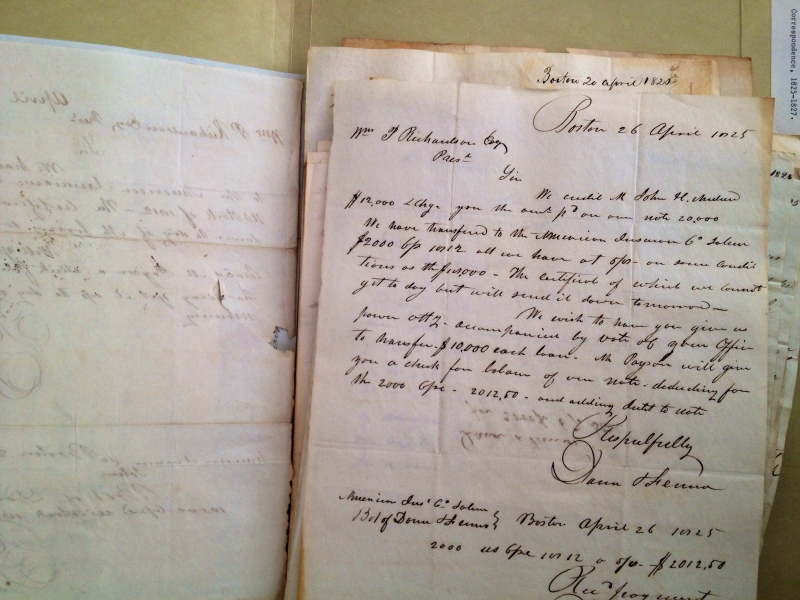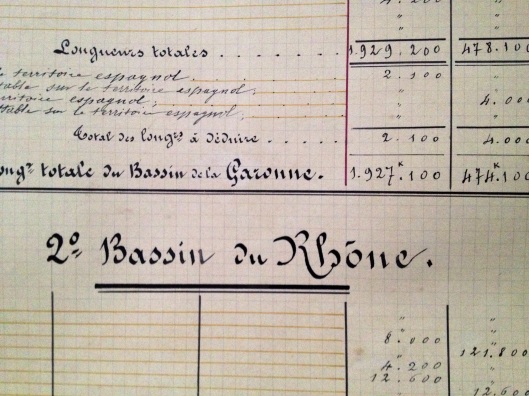
I made a depressing discovery the other day.
I’m not sure what took me so long to shed my apparently willful ignorance. I had seen Etsy listings for digital facsimiles of manuscript documents, being sold for digital scrapbooking or even printing out for physical crafts. But recently, while researching something in my library’s collection, I discovered that there are actual historical documents being sold. With the primary selling point being their suitability for découpage.
Découpage.
We in the cultural heritage world work so hard and apply so many resources collecting, conserving, and making accessible historical artifacts. We track down provenance so people can have context for the objects. We exhaust our supplies budgets buying custom boxes for broken volumes, carefully sleeving fragile documents in expensive Melinex, and sending out important items to private conservation agencies for repair.

As a whole, we don’t discriminate, either. Each institution makes a judgment based on its collection development policy and sphere of interest. To be honest, your local public library may not love you for dropping off six boxes of papers from your aunt who lived two states away. But everything, written by the lowliest unknown servant or the President of the United States, can find a home in a library, archives, or museum collection somewhere. Everything is important to someone.

If you possess something handwritten (or not!) or old (or not!), please don’t give up. The information contained in historical documents will always provide a piece, no matter how tiny, to the larger puzzle of history. Please don’t assume that its only value is its prettiness from far away. Those cursive letters may look lovely, but once they’re cut up, slathered in paste, and slapped on a collage, they will be of little use to anyone. And another part of the cultural record will be gone. It may not be an ancient monument or a priceless early printed book, but that schoolgirl’s diary, grocer’s account book, or cousin’s letter will be read by someone, someday, and it just might change them. It cannot do that if it’s the background of a page in your scrapbook.
This is not to shame or wrist-slap anyone but simply to encourage. I, too, find old handwriting and paper absolutely gorgeous. And no, I certainly don’t read every manuscript in my library’s collection. But I am a steward of those papers, and I help maintain them so that other people can read them. I keep them so that they are available for as long as they endure. I protect a bit of history, and that makes me happier than the sight of any craft project.
The next time you want something “olde” for your DIY, seek out one of those digital images. Buy a file you can use again and again, that won’t be irreversibly damaged. It will be just as beautiful to look at, and the real artifacts can continue to keep history alive.
